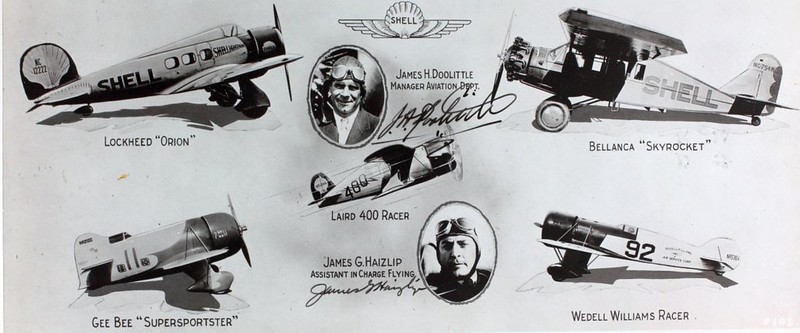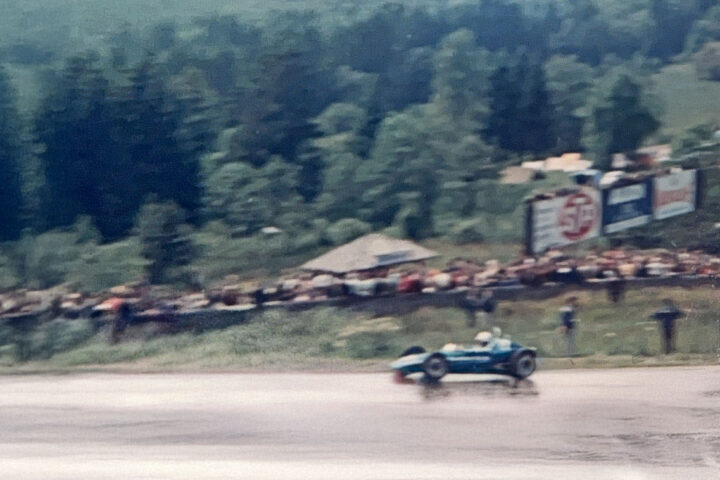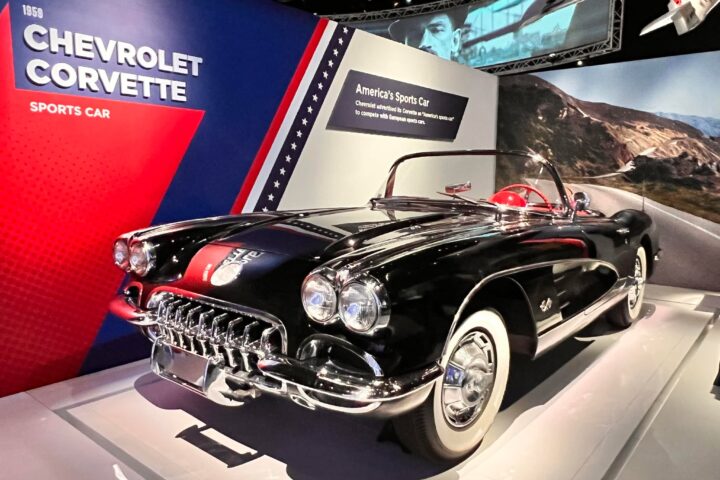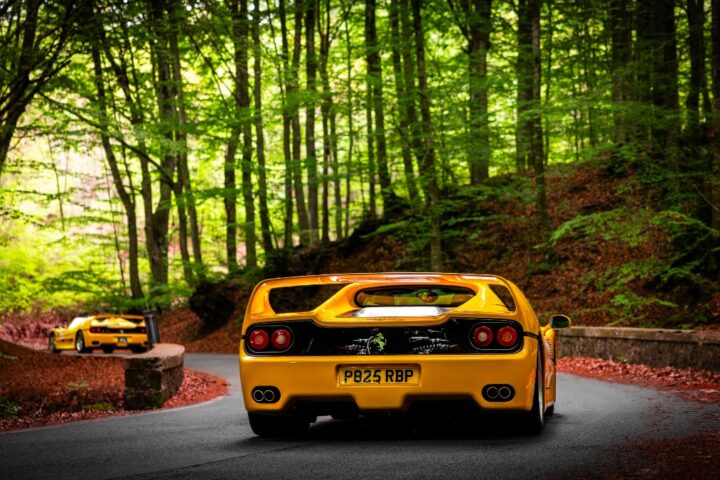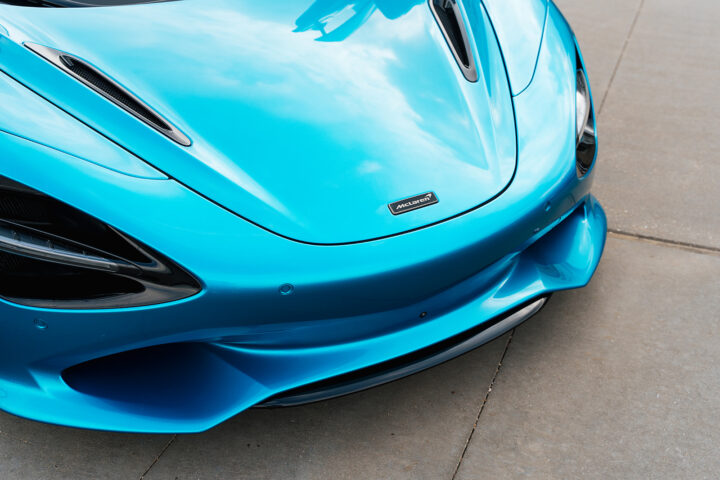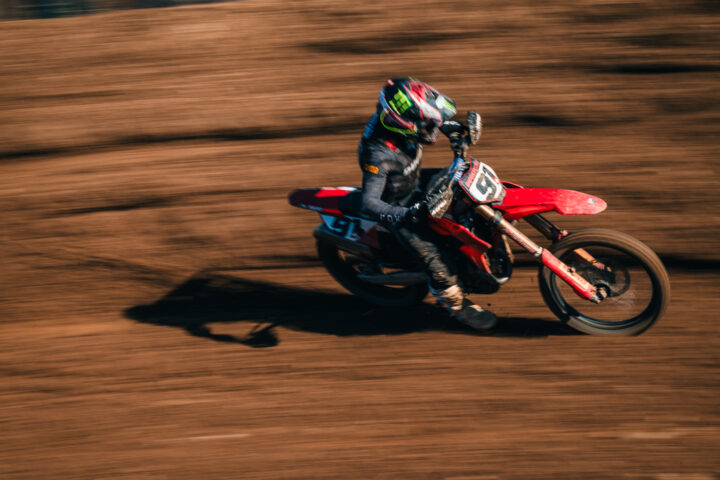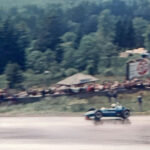Growing up in the ’80s and ’90s, The Rocketeer was one of my favorite comic books and eventually one of my favorite movies, our family ranch was just down the street from the Chino Planes of Fame museum so often I would see historic planes from the ’30s and ’40s flying over, sometimes even doing mock dog fights in preparation for the annual airshow. Our hero, Cliff Secord, an air racer and stunt pilot, finds a rocket pack, fights Nazis, saves the world, what’s not to like when you are a 13-year-old boy. But while Jimmy Doolittle might not have ever strapped on a rocket pack, there is a good chance if offered the opportunity he would have been the first test pilot to sign up for that ride.
Doolittle was born in 1896 and grew up in Nome, Alaska, he became a pilot early on and was a flight instructor during the first world war. He trained pilots across the US for the new art of aerial warfare in Europe, he was recommended by his commanding officers to stay on in the Army Air Corps after the war and received a Regular Army commission as a 1st Lieutenant, Air Service, on July 1, 1920. While in the Army he attended the Air Service Mechanical School at Kelly Field and the Aeronautical Engineering Course at McCook Field, Ohio. After his service he attend the University of California, Berkeley, he would then go on to MIT where he would earn a doctorate in aeronautics, the first conferred in the United States. Not long after leaving MIT, he pioneered instrument flying, which won him the Harmon Trophy and allowed air traffic to continue regardless of the weather.
In 1922, while still in school, he made the first cross country flight from Jacksonville Beach, Florida, to Rockwell Field in San Diego, California in 21 hours and 19 minutes, with just one refueling stop, earning him the Distinguished Flying Cross. After graduation, Doolittle would attend special training in high-speed seaplanes at Naval Air Station Anacostia in Washington, D.C. thanks to his experience racing high-speed planes. He won the Schneider Cup in a Curtiss R3C in 1925 with an average speed of 232 MPH. In 1927 he was the first to perform an outside loop in a Curtiss fighter at Wright Field in Ohio. Executing the dive from 10,000 feet, reaching 280 mph, bottoming out upside down, then climbed and completed the loop.
Doolittle would resign his regular commission in 1930 and be commissioned as a Major in the Air Reserve Corps. Starting his long career in the civilian aerospace industry, being named manager of the Aviation Department of Shell Oil Company, in which capacity he conducted numerous aviation tests, and lead the charge for Shell to produce the first production 100 octane aviation gasoline. High octane fuel would be crucial to the high-performance planes that were being developed in the 1930s.
Civilian life didn’t slow down Doolittle at all, in 1931, he won the first Bendix Trophy race from Burbank, California, to Cleveland, in a Laird Super Solution biplane. In 1932, he set the world’s high-speed record for land planes at 296 miles per hour in the Shell Speed Dash. Later, he took the Thompson Trophy race in Cleveland in the notorious Gee Bee R-1 racer, (a plane that would make an appearance in the Rocketeer) with a speed averaging 252 miles per hour. Having won, the “big three” air racing trophies, the Schneider, Bendix, and Thompson, Doolittle retired from air racing.
In 1940, he became president of the Institute of Aeronautical Science, but his tenor would be short-lived, as he returned to active duty in the U.S. Army Air Corps on July 1, 1940, with the rank of Major. His first task was to work with major automotive manufacturers to covert their factories from automobile to aircraft production to support the lend-lease policy before the US had officially entered into World War II. In 1941, Doolittle would be sent to England on a special mission to bring back intelligence on the airpower of the forces in Europe.
December 7, 1941, at 7:55 a.m. Hawaii time, the Japanese burst out of the clouds above the island of Oahu, decimating the U.S. naval base at Pearl Harbor. The sleeping giant had been awoken and less than one month later Doolittle was promoted to lieutenant colonel, assigned to Army Air Forces Headquarters to plan the first retaliatory air raid on the Japanese homeland, which he volunteered to lead himself.
Training would begin immediately, the flight crews also all volunteered for what many considered to be a suicide mission. The B-25 medium bombers would launch from the aircraft carrier USS Hornet on a one-way trip, targeting Tokyo, Kobe, Yokohama, Osaka, and Nagoya. The Japanese had taken the Philippines, Gaum, Wake Island, and a Japanese submarine had even fired on the Ellwood Oil Field on the California coast all in just a few months. The Doolittle raid would strike a psychological blow to Japan but also be a morale boost for those at home, America was striking back against the empire.
On April 18, 16 B-25s took off from the Hornet, reached Japan, and bombed their targets. Fifteen of the planes then headed towards the recovery airfield in China, but one crew was forced to land in Russia due to unusually high fuel consumption. After about 12 hours of flying it was clear that the planes weren’t going to make it to the airstrip, it was now dark and a storm had rolled in. One by one the crews started bailing out of the B-25s. Doolittle thankfully landed in a rice paddy near Chuchow, after locating his crew they dodged the Japanese with the help of Chinese guerrillas and American missionary John Birch, who was also a captain in the Army Airforce working as an OSS intelligence agent.
Other aircrews were not so lucky, while most men did make it to safety, four men were captured and executed by the Japanese, three others lost their lives in the attempted bailout. Doolittle was sure he would be court-martialed due to the loss of all the planes under his command. News of the raid reached the US and Doolittle and his raiders were hailed as heroes, the first Americans to strike back at the Japanese homeland. Instead of a court-martial, Doolittle was assigned as the commander of the 12th Air Force in North Africa where he would earn four Air Medals for combat missions, he would also command Air Forces in Europe before the war’s end.
Doolittle would receive the Medal of Honor from President Franklin D. Roosevelt at the White House for planning and leading his raid on Japan. “For conspicuous leadership above and beyond the call of duty, involving personal valor and intrepidity at an extreme hazard to life. With the apparent certainty of being forced to land in enemy territory or to perish at sea, Lt. Col. Doolittle personally led a squadron of Army bombers, manned by volunteer crews, in a highly destructive raid on the Japanese mainland.”
His largest command came in 1944 when he was promoted to lieutenant general and put in charge of the Eighth Air Force in England. This also made him the highest-ranking active reserve officer in modern times. After the German surrender, the Eighth Air Force resigned to Okinawa in southern Japan. But the war would be over before the entire force had been relocated and trained on the B-29.
After the war, Doolittle would become an advocate for the desegregation of the US military, which he influenced through his celebrated status and connections in the Truman admistations. He would be appointed as special assistant to the Chief of Staff of the Air Force. President Harry S. Truman charged him with leading a presidential commission that created zoning requirements for airports zones and the development of large airports to improve transportation and military infrastructure. As an advocate for the development of rocketry and the space program, he would be appointed chairman of the National Advisory Committee for Aeronautics, the forerunner of NASA, in 1956 by President Dwight D. Eisenhower. Doolittle was asked to serve as the first NASA administrator, but he turned it down, retiring for Air Force Reserve duty in 1959.
Doolittle was married to his wife Josephine “Joe” Daniels for 71 years, they had two sons who both followed in their father’s footsteps and became military officers and pilots. He and Joe are buried at Arlington National Cemetery in Virginia. At US Air Force bases you will find streets and facilities that bare his name, in addition to his countless military and civilian honors for his service to airspace, he won the Sylvanus Thayer Award, the Horatio Alger Award, he was knighted in the Sovereign Order of Cyprus, the Order of the Condor of the Andes, and was a 33rd Degree Scottish Rite Freemason.
If you want to learn more about Jimmy Doolittle, I suggest his autobiography by Carroll V. Glines, I Could Never Be So Lucky Again and Target Tokyo: Jimmy Doolittle and the Raid That Avenged Pearl Harbor by James M. Scott.


